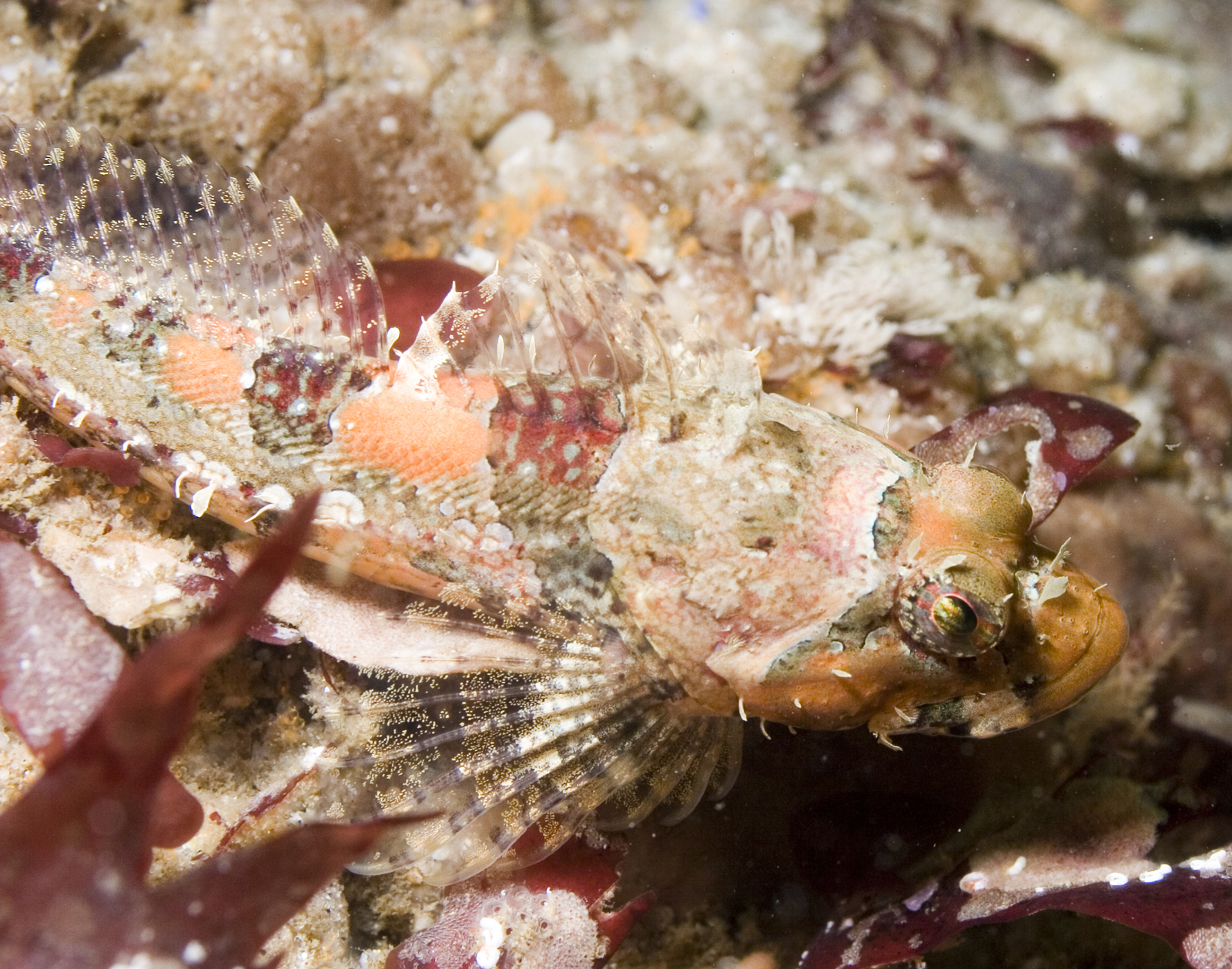|
Pseudoblennius Zonostigma
''Pseudoblennius zonostigma'' is a species of sculpin A sculpin is a type of fish that belongs to the superfamily Cottoidea in the order Scorpaeniformes.Kane, E. A. and T. E. Higham. (2012)Life in the flow lane: differences in pectoral fin morphology suggest transitions in station-holding demand a ... in the family Cottidae. References Cottidae {{Scorpaeniformes-stub Fish described in 1904 ... [...More Info...] [...Related Items...] OR: [Wikipedia] [Google] [Baidu] |
Sculpin
A sculpin is a type of fish that belongs to the superfamily Cottoidea in the order Scorpaeniformes.Kane, E. A. and T. E. Higham. (2012)Life in the flow lane: differences in pectoral fin morphology suggest transitions in station-holding demand across species of marine sculpin.''Zoology'' (Jena) 115(4), 223-32. As of 2006, this superfamily contains 7 families, 94 genera, and 387 species. Sculpins occur in many types of habitat, including ocean and freshwater zones. They live in rivers, submarine canyons, kelp forests, and shallow littoral habitat types, such as tidepools. Sculpins are benthic fish, dwelling on the bottoms of water bodies. Their pectoral fins are smooth on the upper edge and webbed with sharp rays along the lower edge, a modification that makes them specialized for gripping the substrate. This adaptation helps the fish anchor in fast-flowing water. The sculpin normally grows to about four inches long. Families and subfamilies Families include: * Jordaniidae Sta ... [...More Info...] [...Related Items...] OR: [Wikipedia] [Google] [Baidu] |
Cottidae
The Cottidae are a family of fish in the superfamily Cottoidea, the sculpins. It is the largest sculpin family, with about 275 species in 70 genera.Kane, E. A. and T. E. Higham. (2012)Life in the flow lane: differences in pectoral fin morphology suggest transitions in station-holding demand across species of marine sculpin.''Zoology'' (Jena) 115(4), 223-32. They are referred to simply as cottids to avoid confusion with sculpins of other families. Cottids are distributed worldwide, especially in boreal and colder temperate climates. The center of diversity is the northern Pacific Ocean. Species occupy many types of aquatic habitats, including marine and fresh waters, and deep and shallow zones. A large number occur in near-shore marine habitat types, such as kelp forests and shallow reefs. They can be found in estuaries and in bodies of fresh water. Most cottids are small fish, under in length. The species ''Scorpaenichthys marmoratus'' can be up to in length.Froese, R. and D ... [...More Info...] [...Related Items...] OR: [Wikipedia] [Google] [Baidu] |
